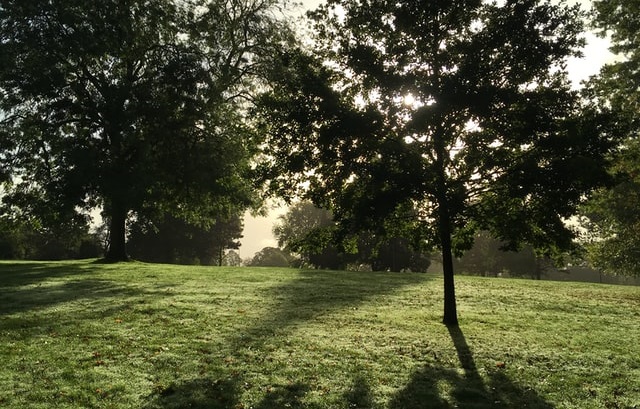Surely if the property you’re buying includes a ‘sewage treatment plant’, that must entitle you to pay Stamp Duty Land Tax (‘SDLT’) at the non-residential rate? Mr and Mrs Bloom (in [2023] UKFTT 00628 (TC)) certainly thought so; and at first blush you can see their point.
However, it turns out that ‘sewage treatment plant’ might be regarded as the same sort of poetic licence that converts housing estates into executive developments and shop assistants into retail sales consultants. What Mr and Mrs Bloom actually had appears to have been a septic tank – something that is common in rural areas or other places without mains drainage.
The notion that a house with a septic tank is per se non-residential property is plainly wrong. However, the Blooms argued that their arrangement had some unusual features which had the result that the site of the ‘sewage treatment plant’ (‘STP’) was not part of the garden or grounds of the house: this would, as we have explained in other briefings, render the whole purchase ‘non-residential’ and reduce the SDLT – in this case by well over a quarter of a million pounds.
First, the structure: Although the tank itself was underground there were above ground (as well as the manhole covers required for accessing the tank) ‘two small wooden structures to store items in and the electrical controls for the STP, safety vents, and air blowing machinery’.
Second, the smell: It was said that the STP ‘emits, from time to time, a repugnant smell which has prevented [Mr and Mrs Bloom] and their family from enjoying the land.’ However, the Tribunal observed that a tennis court had been constructed close to the STP, and that it ‘did not seem credible that it had been placed so near to a septic tank if it “constantly” emitted a repugnant smell as submitted by [Mr Bloom].’ In any event, ‘a well-managed and serviced septic tank plant should not “constantly” emit pungent smells.’
Third, the ‘commercial arrangement’: The STP serviced not only Mr and Mrs Bloom’s house but also ten neighbouring flats, which were required to contribute to the costs of maintaining the STP. Notably, however, this was a shared cost arrangement rather than something which yielded profit to the Blooms.
The Tribunal found against the Blooms, best summarised as follows:
“The presence of the STP does not make the Disputed Area non-residential. The legal and practical restrictions that the presence of the STP imposes similarly do not affect residential use of the Property and the Tribunal does not accept that any commercial agreement exists. Instead, there is an arrangement as a result of a covenant which can be categorised as paying for and being compensated by the owners of neighbouring properties for costs of maintaining the STP facility.
“The presence of the STP and any unpleasant odours emanating from them do not constitute any legal constraints or rights on land or intrusion sufficient to confirm the Disputed Area or the 5.6 acres as non-residential.”
Disappointingly, the Tribunal did not comment on HMRC’s alternative submission. This was that ‘residential’ land includes, in relation to a dwelling-house ‘an interest in or right over land that subsists for the benefit of [the dwelling-house]’. It was thus argued that even if the STP had not formed part of the grounds, the freehold interest in it would nonetheless have been treated as ‘residential property’ since the STP plainly exists for the benefit (albeit not the exclusive benefit) of the Blooms’ house.
For more information on the application of SDLT and other property taxes, please get in touch with your usual BKL contact or use our enquiry form.
